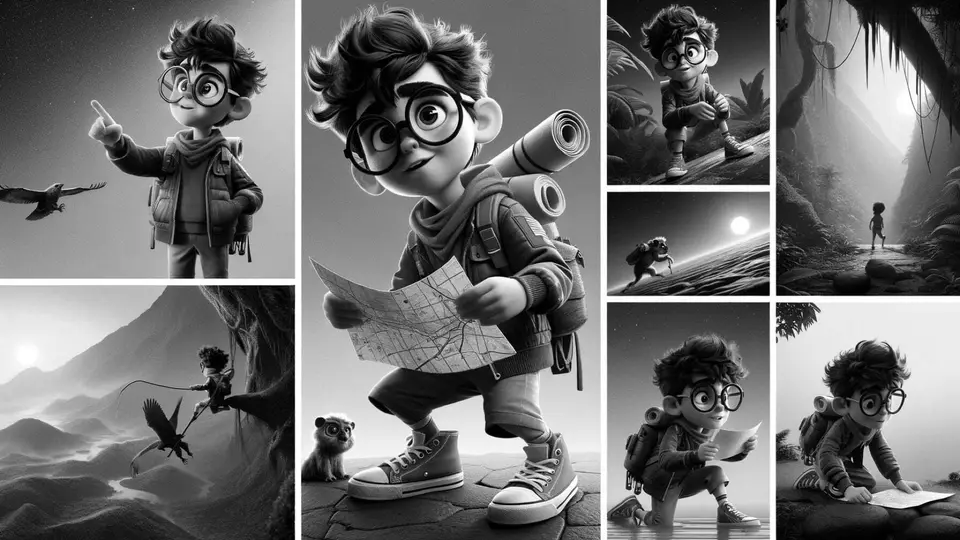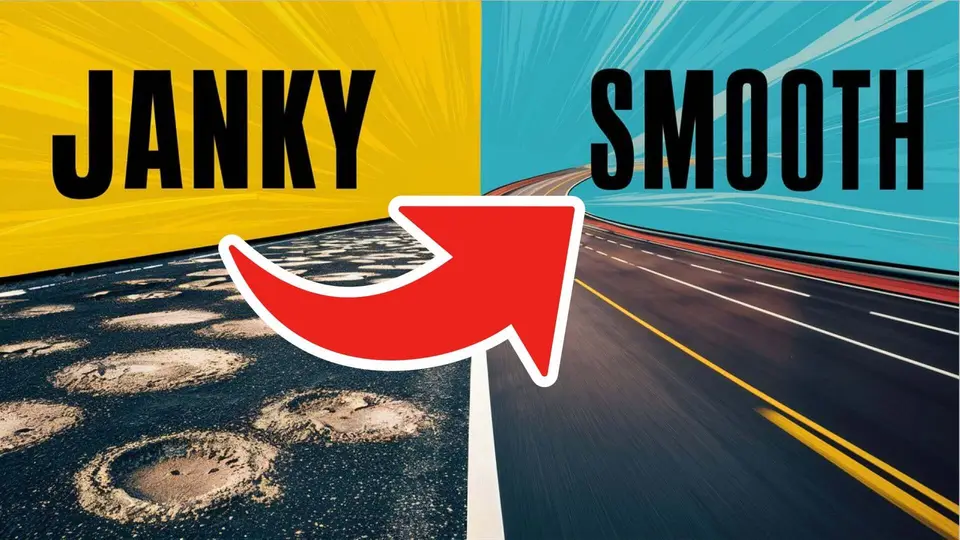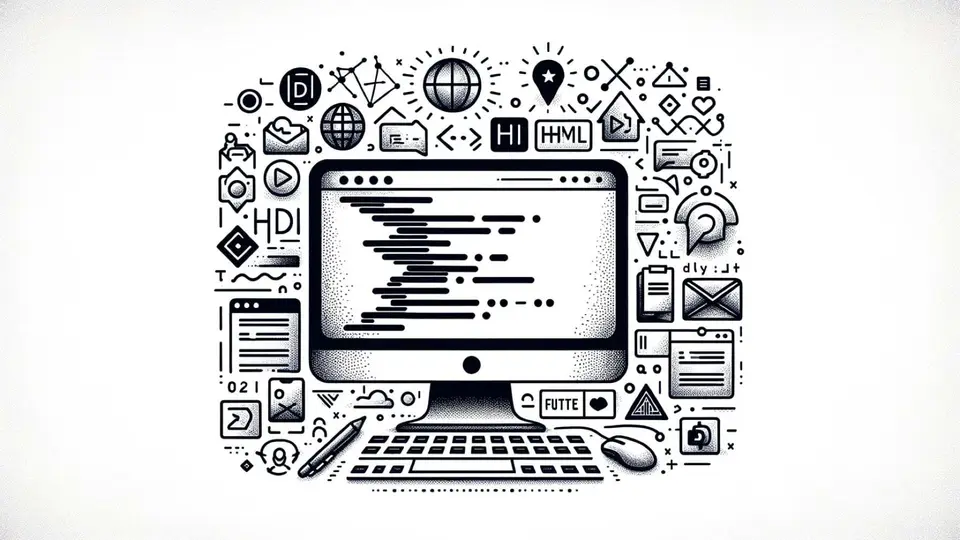
Content Creation

Selvin Ortiz

In storytelling, character consistency is the backbone of narrative credibility. As writers, our challenge is to create compelling characters and to maintain their essence across different scenes and settings.
With AI and visual tools, this task has taken on new dimensions, allowing for innovative approaches to character development and visual storytelling.
But generating consistent characters in different settings across different sessions can be challenging. Techniques like seeding and regional variations help but they're time consuming and still yield inconsistent results.
Creating a character that remains visually consistent across different scenes is a common challenge in storytelling and illustration. Techniques like prompt reuse, seeding, or regional variation offer partial solutions but often fall short due to their complexity and the time required to fine-tune them. Furthermore, inconsistencies can still emerge, detracting from the narrative's believability and the audience's connection to the character.
To overcome these hurdles, we propose a simplified method using ChatGPT to generate a single, detailed image that depicts your character in multiple scenes. This approach ensures uniform character portrayal by maintaining core traits and styles across various scenarios, from bustling cityscapes to tranquil countryside settings. Here’s how to implement it:
Comprehensive Character Description: Begin with a detailed description of your character, emphasizing traits that should remain consistent across scenes. This groundwork is crucial for generating cohesive visuals.
Multi-Scene Image Generation: Prompt ChatGPT to create an image that includes your character in different settings within a single frame. For example, "Generate an image of [Character Name] in a variety of settings - at home, at work, and on vacation, all the while highlighting their adventurous spirit and distinctive fashion sense."
Upscaling and Segmenting for Clarity: Once satisfied with the generated image, use AI-based tools to upscale the image, enhancing its resolution and clarity. This step ensures that each scene is vivid and detailed.
Separation for Independent Use: The final step involves segmenting the upscaled image into individual scenes. Each scene can then be used independently, allowing for a consistent visual narrative across different parts of your story or project.
Render a 3D animated cartoon character inspired by Pixar, named 'Silas', an 8-year-old explorer. He has dark curly hair, wears red sneakers, a green jacket, and black bifocal glasses. The image is a wide collage of 6 different poses of Silas in various environments representing winter, summer, fall, and other seasons. Each pose captures Silas's adventurous spirit, showcasing him engaging in activities appropriate for the season, like building a snowman in winter, exploring a beach in summer, collecting leaves in fall, etc. The collage is vibrant, detailed, capturing the essence of an ever-curious child exploring the wonders of the world in different seasons.
Note that this image has not been upscaled. In fact, it has been downscaled and web optimized, so the quality won't do it justice.

This is an example with scaled up, web optimized images for a slightly different prompt. It is the same concept as the previous example but the scenes were more detailed to go along with the narrative of a book.

This method not only simplifies the process of achieving character consistency but also provides a versatile set of visuals that can be used to complement text in books, online content, or promotional materials. By offering a cohesive visual experience, readers or viewers can form a stronger attachment to the character, enhancing the overall impact of the narrative.
Leveraging ChatGPT and AI tools for character visualization offers a novel solution to the age-old challenge of character consistency in storytelling. By following this straightforward technique, creators can enrich their narratives with consistently portrayed characters, ensuring a more immersive and engaging experience for their audience. Embrace this approach to unlock the full potential of visual storytelling in your work.

Selvin Ortiz👋
I'm a software engineer and content creator.
I help brands develop software and content strategies 🚀
On this blog, I write about software development, emerging technology, technical leadership, and content creation ✨

Content Creation

Tech Tips

Tech Reviews

Professional Career

Cybersecurity

Web Development